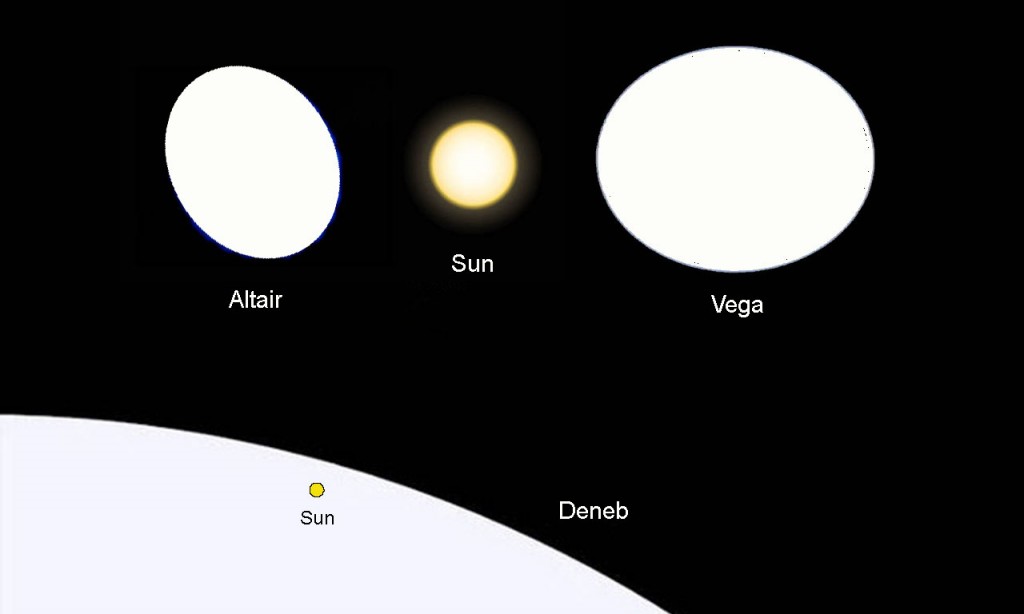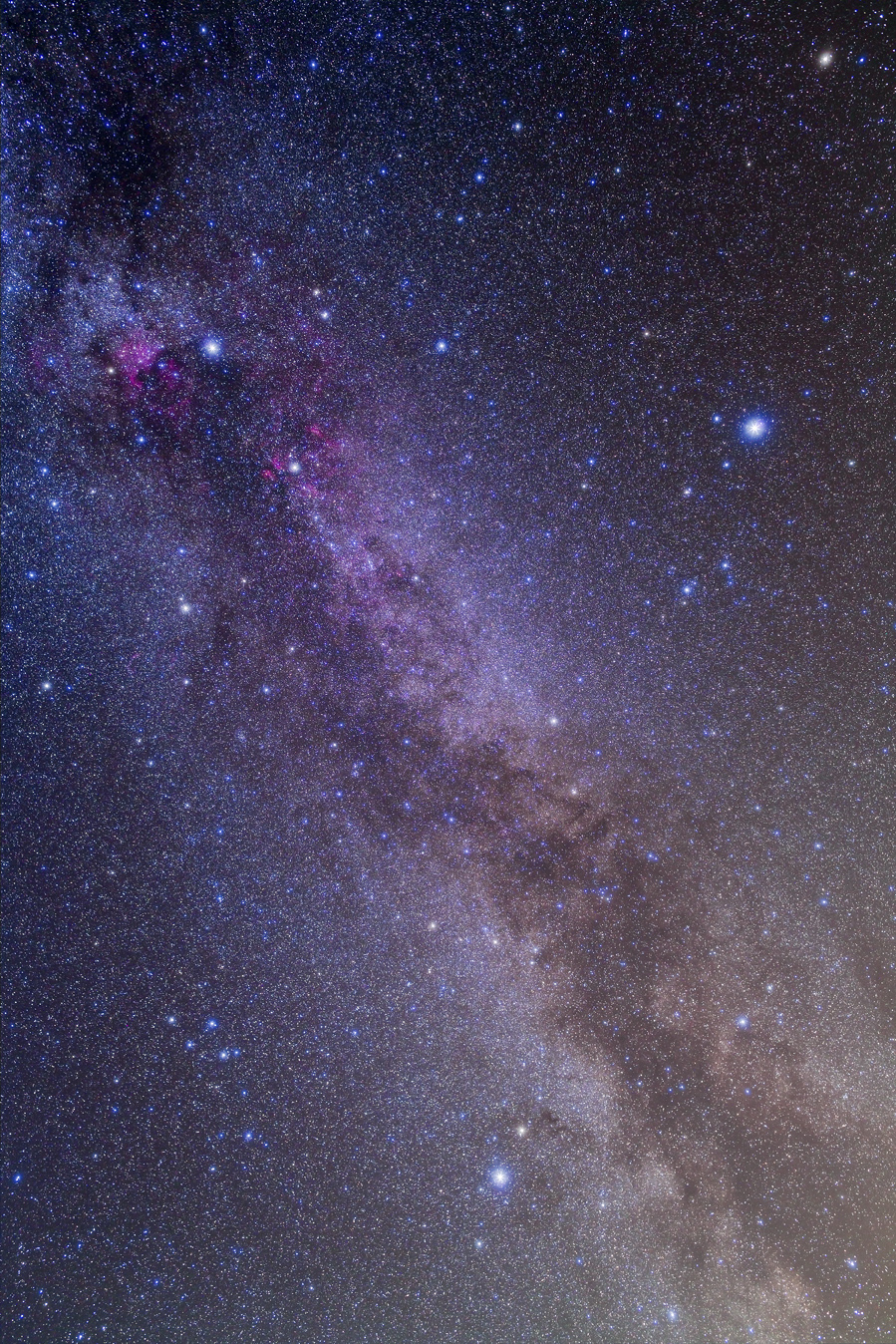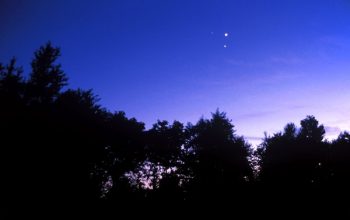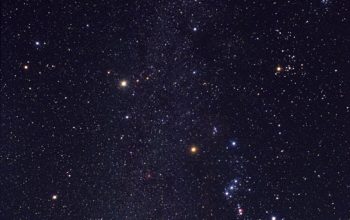Look directly overhead at 10:30 pm EDT and you will see Vega- the brightest star in the constellation Lyra and the fifth brightest in the night sky. Using Vega as a reference point, Altair is located to the lower left (southeast) and Deneb to the left (east). Together, these three stars form the Summer Triangle.
The Summer Triangle is not a constellation since its three stars already belong to separate constellations (Vega in Lyra the Lyre, Deneb in Cygnus the Swam, and Altair in Aquila the Eagle). The grouping is referred to as an asterism- stars that create an identifiable pattern which is not a constellation itself. It is considered by many astronomers as the Hallmark asterism in the Northern Hemisphere summer sky.
German astronomer Johann Bode (1747-1826), famous for his stunning star maps and for Bode’s law, was the first person to record a connection between Vega, Altair, and Deneb in 1816. It became commonly referred to as the Summer Triangle around the 1950s when English astronomer Sir Patrick Moore (1923-2012) named it in his books and lectures.
One of the Summer Triangle’s stars, Altair, is 17 light-years away from Earth, meaning the light we see from the star took 17 years to reach us. Therefore we see Altair as it was in 1999. This concept applies to all measurements expressed in light-years, and it is understood that nothing can travel faster than light-speed. Although Vega is 25 light years from Earth, it appears nearly twice as luminous as Altair because it is greater in size.
Altair and Vega are relatively similar when compared to Deneb. Measuring 1,467 light-years away, Deneb is believed to have a luminosity greater than 60,000 times that of our sun. In comparison, it dwarfs Vega and Altair in size, yet it appears much fainter because of the immense distance its light must travel to reach Earth.

Earth, our solar system, and all the star we see in the night sky are a part of The Milky Way, the galaxy we call home. When we observe on clear and dark nights, a cloudy band can be seen stretching across the sky. This is the star-packed, cross-sectional view of the Milky Way’s galactic disk, which reaches from the constellation Scorpius all the way to Cygnus. It can be easily identified using the Summer Triangle as a guide. This ring of stars rolls between Vega and Altair, with Deneb sandwiched in the Milky Way’s arm.
Luckily urban astronomers can easily identify the Summer Triangle even with invasive light pollution. To see the Milky Way running through, darker rural or suburban skies are needed.
The Summer Triangle is iconic not only for its striking presence in the sky, but also for what it symbolizes for so many in the Northern Hemisphere. BBQs, outdoor adventures, and long summer nights become possible with the transition from Spring to Summer and the entrance of the Summer Triangle into the night sky.
Keep looking up!
-Julia
Published by Julia Mariani
Sources: Earth and Sky, AstroBob, Bad Astronomer, NASA, Space.com





